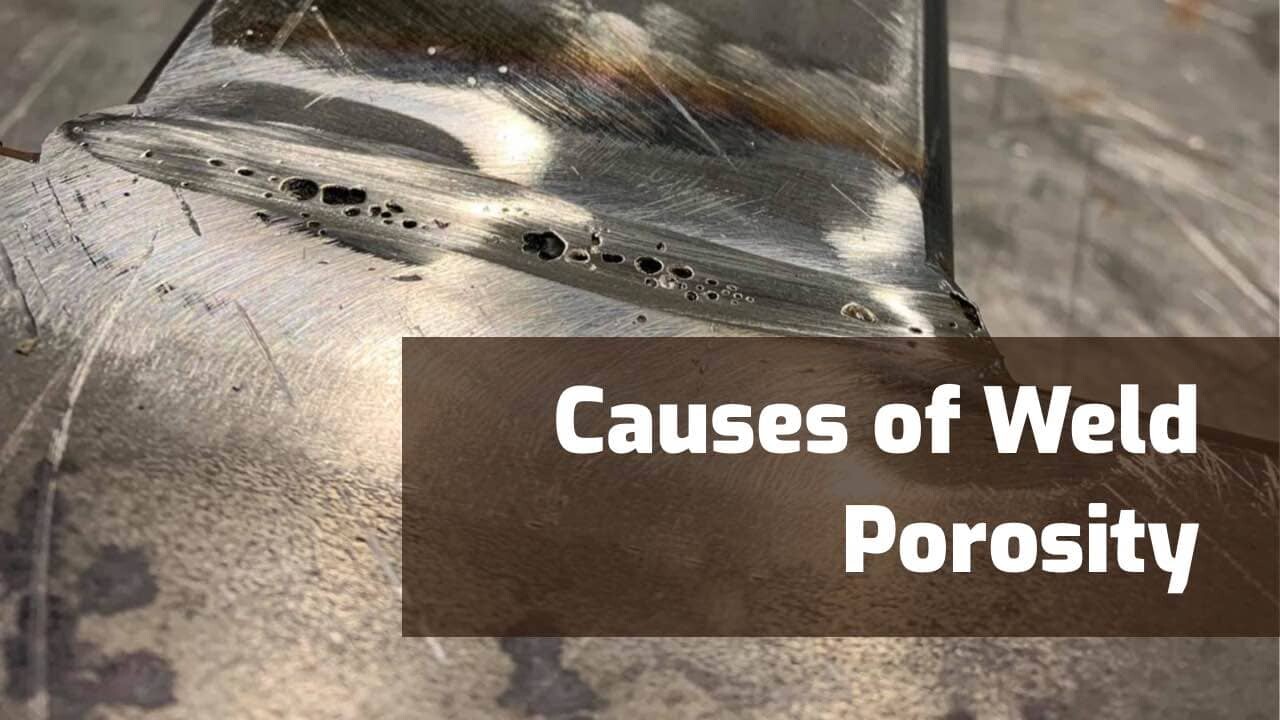The Scientific Research Behind Porosity: A Comprehensive Overview for Welders and Fabricators
Recognizing the elaborate mechanisms behind porosity in welding is essential for welders and makers striving for remarkable craftsmanship. From the composition of the base products to the complexities of the welding process itself, a plethora of variables conspire to either worsen or reduce the visibility of porosity.
Comprehending Porosity in Welding
FIRST SENTENCE:
Exam of porosity in welding discloses crucial insights right into the integrity and high quality of the weld joint. Porosity, identified by the presence of dental caries or voids within the weld metal, is a typical concern in welding processes. These spaces, otherwise properly attended to, can endanger the structural stability and mechanical properties of the weld, resulting in potential failures in the finished item.

To detect and quantify porosity, non-destructive testing techniques such as ultrasonic screening or X-ray assessment are typically utilized. These techniques enable the recognition of inner flaws without jeopardizing the integrity of the weld. By analyzing the dimension, shape, and distribution of porosity within a weld, welders can make informed decisions to boost their welding processes and attain sounder weld joints.

Elements Influencing Porosity Formation
The incident of porosity in welding is influenced by a myriad of variables, ranging from gas shielding performance to the details of welding specification setups. One crucial variable contributing to porosity formation is poor gas protecting. When the shielding gas, generally argon or CO2, is not successfully covering the weld pool, atmospheric gases like oxygen and nitrogen can infect the molten steel, bring about porosity. Additionally, the cleanliness of the base materials plays a substantial role. Pollutants such as rust, oil, or wetness can evaporate during welding, creating gas pockets within the weld. Welding parameters, including voltage, existing, travel speed, and electrode kind, also effect porosity development. Using inappropriate setups can generate excessive spatter or warm input, which subsequently can cause porosity. The welding method utilized, such as gas steel arc welding (GMAW) or shielded metal arc welding (SMAW), can influence porosity development due to variations in warmth distribution and gas coverage. Recognizing and controlling these variables are necessary for reducing porosity in welding procedures.
Impacts of Porosity on Weld Top Quality
The presence of porosity additionally deteriorates the weld's resistance to rust, as the caught air or gases within the voids can respond with the surrounding atmosphere, leading to deterioration over time. Additionally, porosity can prevent the weld's capability to withstand stress or impact, additional endangering the general quality and dependability of the welded structure. In essential applications such as aerospace, vehicle, or structural building and constructions, where safety and security and sturdiness are paramount, the harmful effects of porosity on weld top quality can have severe effects, highlighting the importance of decreasing porosity with correct welding strategies and procedures.
Strategies to Lessen Porosity
To enhance the top quality of welded joints and ensure architectural integrity, welders and makers utilize specific strategies aimed at decreasing the development of spaces and cavities within the material during the welding procedure. One efficient approach to lessen porosity is to ensure correct product preparation. This consists of comprehensive cleansing of the base steel to get rid of any impurities such as oil, grease, or dampness that could add to porosity development. Furthermore, using the ideal welding specifications, such as the proper voltage, present, and take a trip rate, is critical in stopping porosity. Maintaining a regular arc length and angle throughout welding also assists reduce the chance of porosity.

Furthermore, choosing the ideal protecting gas and keeping correct gas circulation prices are crucial in decreasing porosity. Utilizing the appropriate welding strategy, such as back-stepping or employing a weaving movement, can additionally assist distribute warm uniformly and minimize the opportunities of porosity formation. Ensuring appropriate air flow in the welding setting to eliminate any prospective resources of contamination is crucial for attaining porosity-free welds. By implementing these techniques, welders can effectively lessen porosity and produce top notch welded joints.

Advanced Solutions for Porosity Control
Executing cutting-edge innovations and cutting-edge techniques plays a crucial role in attaining remarkable control over porosity in welding processes. One sophisticated service is the usage of innovative gas combinations. Shielding gases like helium or a combination of argon and hydrogen can help in reducing porosity by offering discover this info here much better arc stability and enhanced gas protection. Furthermore, employing advanced welding strategies such as pulsed MIG welding or changed environment welding can likewise aid reduce porosity issues.
Another sophisticated remedy includes the usage of innovative welding equipment. Using tools with built-in features like waveform control and advanced power resources can boost weld top quality and decrease porosity dangers. Moreover, the execution of automated welding systems with accurate control over specifications can dramatically minimize porosity defects.
In addition, including innovative monitoring and evaluation technologies such as real-time X-ray imaging or automated ultrasonic testing can aid in detecting porosity early in the welding process, permitting prompt corrective actions. On the whole, incorporating these sophisticated services can significantly improve porosity control and boost the general high quality of welded components.
Verdict
In verdict, comprehending the science behind porosity in welding is vital for welders and makers to create top quality welds. By identifying the factors affecting porosity formation and carrying out techniques click here now to decrease it, welders can improve the total weld high quality. Advanced remedies for porosity check over here control can additionally enhance the welding procedure and make sure a strong and trusted weld. It is very important for welders to continually inform themselves on porosity and implement finest practices to achieve ideal results.